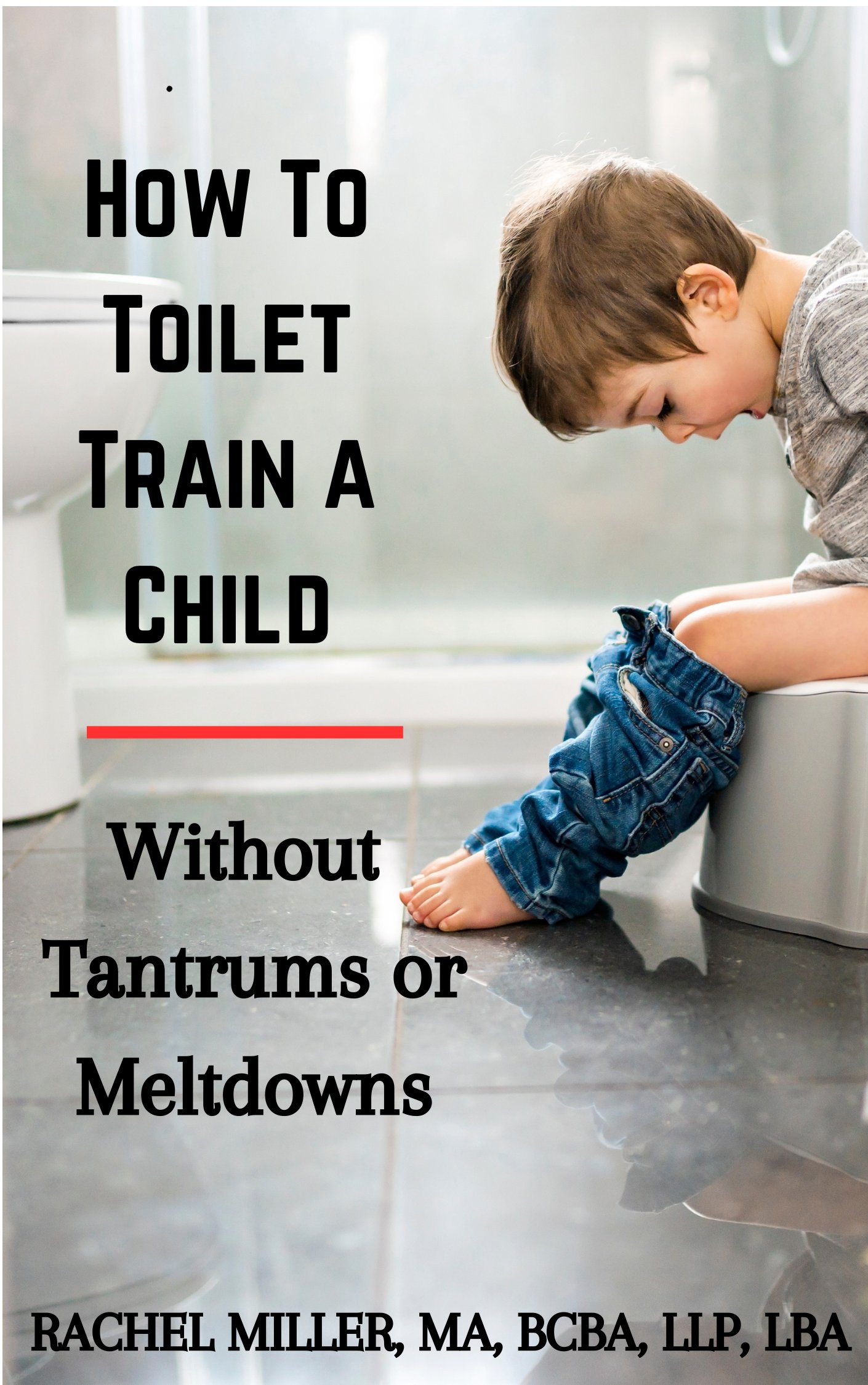How to Improve Concentration,
Attention, and Memory in Children

Is your child struggling with attention, memory, or focus? Understanding how to improve concentration in children is essential for helping them succeed in school, build relationships, and feel confident in their abilities. Many parents notice their child is easily distracted, forgetful, or has difficulty staying on task, but they may not know where to start when looking for solutions.
Before jumping into strategies, it’s important to look for possible root causes behind the concentration difficulties. Addressing any underlying medical or developmental issues will make any tips or interventions much more effective—and sometimes, those issues need to be treated first to see real progress.
Step One: Investigate Underlying Causes of Poor Concentration
The first step in understanding how to improve concentration is to evaluate whether there are medical or neurological reasons behind the attention challenges. These could include:
- Sensory Processing Disorder (SPD): Children with SPD may be overly sensitive or under-responsive to sensory stimuli, such as sounds, textures, or lights. This can make it extremely difficult to focus in environments most children find manageable.
- Candida Overgrowth (Yeast): Some health practitioners believe chronic yeast overgrowth can impact attention, mood, and behavior in children. This would require specific medical treatment.
- ADHD (Attention-Deficit/Hyperactivity Disorder): ADHD is one of the most common neurodevelopmental disorders of childhood and is often associated with significant attention and concentration difficulties.
- Overstimulation- This could be from too much TV or something as simple as consuming artificial dyes like Red Dye 40 that are neurotoxins to the body.
If your child shows signs of any of these conditions, consult with your pediatrician, occupational therapist, or a qualified health professional before applying strategies.
Creating a Distraction-Free Environment
One of the easiest and most effective ways to support your child is by minimizing environmental distractions during tasks that require focus. Here are a few things you can do:
- Turn off the television and reduce background noise.
- Ensure the workspace is clear of toys, gadgets, and unrelated objects.
- Ask your child to stop other activities before beginning a task.
- Create a consistent routine that signals it’s time to focus—such as sitting at the same table or using a special lamp.
Reducing distractions helps the brain stay engaged and sends a clear signal that it’s time to concentrate.
Using Multi-Sensory Learning Techniques
When learning new information, incorporating multiple senses can significantly enhance memory and attention. Children retain more when they can see, hear, say, and physically interact with information. Here are examples of multi-sensory methods:
- Use visual aids like flashcards, diagrams, or colorful posters.
- Let your child read information out loud while pointing to it.
- Allow them to write or draw the information.
- Include physical activity or movement whenever possible.
You can even add scents! For example, when learning about flowers, have a real flower available. Let your child see, touch, and smell it while reading its name aloud. This creates a strong sensory association that supports both memory and focus.
Building Better Memory Through Repetition
To improve memory, encourage your child to actively use repetition. For example, when meeting someone new, teach your child to repeat the person’s name aloud and silently in their head while making eye contact. Repeating the name five times mentally can help lock it in their memory.
Engaging Your Child’s Attention
Improving attention often means getting it first. Here are strategies to make sure you have your child’s focus before giving instructions:
- Gently place a hand on their shoulder while saying their name.
- Wait until you have eye contact before continuing.
- Use hand gestures or point to objects to reinforce what you're saying.
- Speak clearly and keep instructions short and simple.
These tactics help children tune in to what you’re saying, making it more likely they’ll follow through and stay engaged.
Encourage and Praise Focused Behavior
Positive reinforcement is a powerful tool when learning how to improve concentration in children. Be sure to:
- Offer genuine praise when your child focuses, listens, or completes a task. Example: “I really love how focused you are on your homework right now!”
- Show excitement and enthusiasm when they demonstrate improvement.
- Avoid only commenting on distractions or off-task behavior. Highlight progress as often as possible.
Consistent praise helps children associate positive feelings with paying attention and staying focused.
Schedule Frequent Breaks
Long tasks can overwhelm even the most attentive child. To avoid fatigue, schedule short, frequent breaks. Depending on your child’s age and attention span, consider:
- Breaks every 10–15 minutes for younger children.
- Active movement breaks such as stretching, jumping, or a short walk.
- Using timers to indicate when it’s time for a break and when to refocus.
These breaks help reset your child’s brain and improve productivity.
Consider Structured Behavioral Approaches
For children with more persistent attention issues, such as those on the autism spectrum or with ADHD, you might explore structured programs like:
- Applied Behavior Analysis (ABA): Also known as discrete trial training, this method can be effective in improving attention, eye contact, and task completion through repetition and reward.
- Behavior charts and visual schedules to clearly outline tasks and expectations.
Consult with a specialist to find a structured program that suits your child’s needs.
Fun Fact: Chewing Gum May Help!
Interestingly, studies have shown that chewing spearmint gum while learning can improve recall. The act of chewing might increase alertness, and the scent of mint can stimulate brain activity. Just make sure it’s age-appropriate and used during studying—not in class unless allowed!
Can Binaural Beats Help Improve Concentration?
Another tool some parents find helpful when exploring how to improve concentration is the use of binaural beats. These are audio tracks that play two slightly different frequencies in each ear, which the brain interprets as a single tone. Certain frequencies are believed to enhance focus, relaxation, or alertness.
For concentration and learning, beta waves (13–30 Hz) are typically used, as they are associated with active thinking and focus. Listening to binaural beats through headphones during homework or study time may help some children stay more engaged and attentive.
While more research is needed to fully confirm their effectiveness, binaural beats are non-invasive and easy to try. Just be sure your child is comfortable wearing headphones and that the music doesn’t become a distraction in itself.
Final Thoughts on How to Improve Concentration in Children
Learning how to improve concentration in children involves a mix of investigation, environmental support, and practical strategies. Whether your child has a diagnosed condition or just seems easily distracted, the key is to remain patient, consistent, and encouraging.
Every child is different, so experiment with different methods to see what resonates with your child. In time, with the right support and understanding, you’ll likely notice improvement not only in their concentration but in their confidence and enthusiasm for learning.
Want more tips? Check out our articles on:
If you haven't already, be sure to check out my ebooks, now on Amazon!

